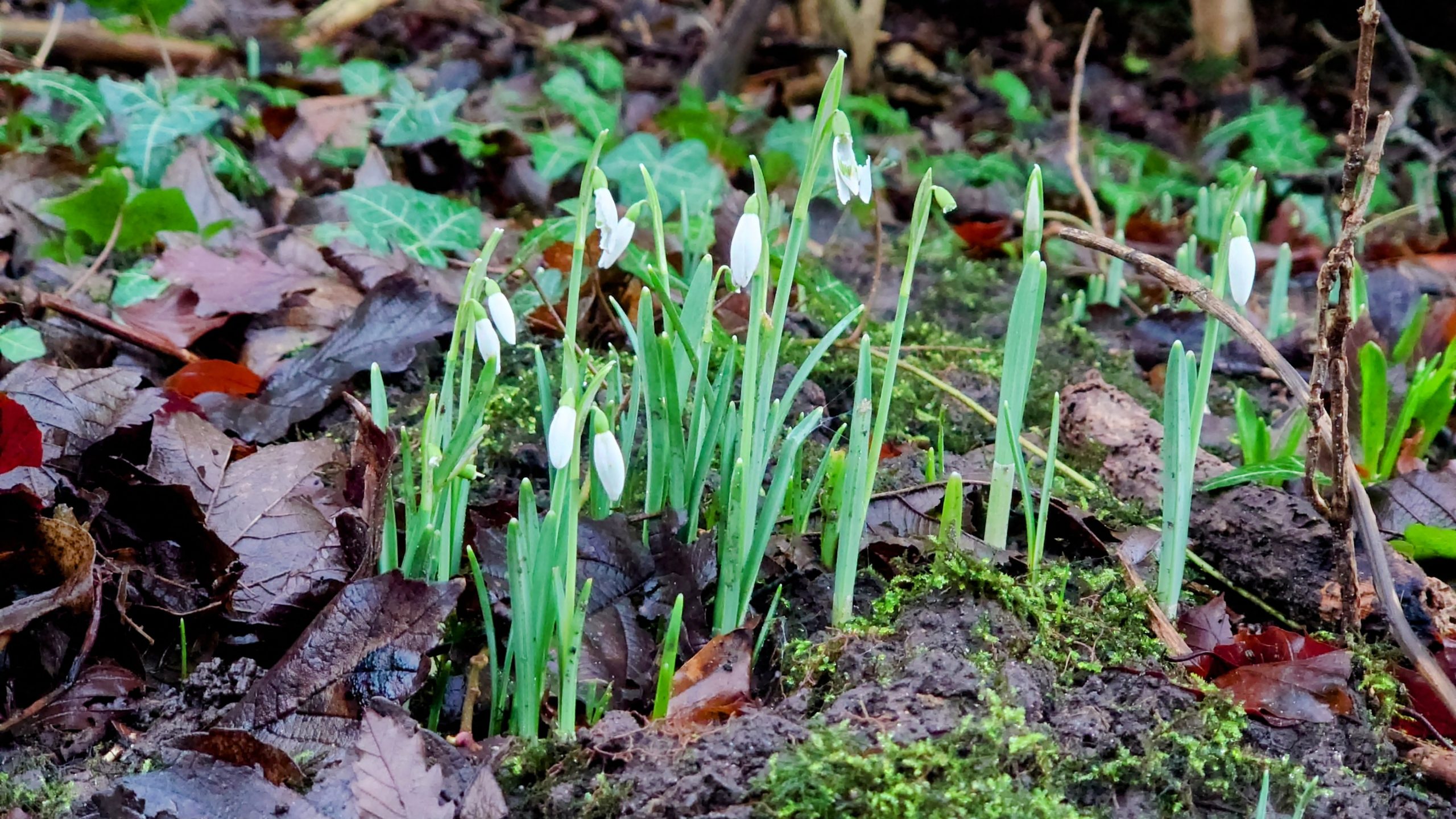
The snowdrop is one of the UK’s most recognisable early flowering floras.
Did you know that this common little beauty is now classed as ‘near threatened’ by the IUCN (International Union for the Conservation of Nature)? Well, it is and furthermore, it isn’t a native of the UK, not in the strictest form anyway. It was introduced around the late eighteenth century but simply became naturalised shortly after that.
Ribby Hall Village has a healthy collection of snowdrops which can be found in the older, more mature woodlands around the site.
As there are very few pollinators like bees and butterflies around this time of the year, our friend simply spreads by bulb division. In terms of seed dispersal, well this is largely done by ants a little later in the spring. Ants appear to like the coating of snowdrop seeds and, as a result, the seeds are spread far and wide. Everyone’s a winner when nature decides to get together.
How do we protect and encourage our fragile snowdrops? The identified sections where snowdrops can be found are not intensively managed, if at all. If an old tree falls or must be managed for health and safety reasons, then it is left to decay where it lies or it is stacked as an ecopile for hedgehogs and other woodland critters. When the timber starts to decay, the resulting compost is taken up by the snowdrops (amongst many other organisms) where it will eventually be recycled again and again and again…
James Hutchinson – Greenspace Advisor.


